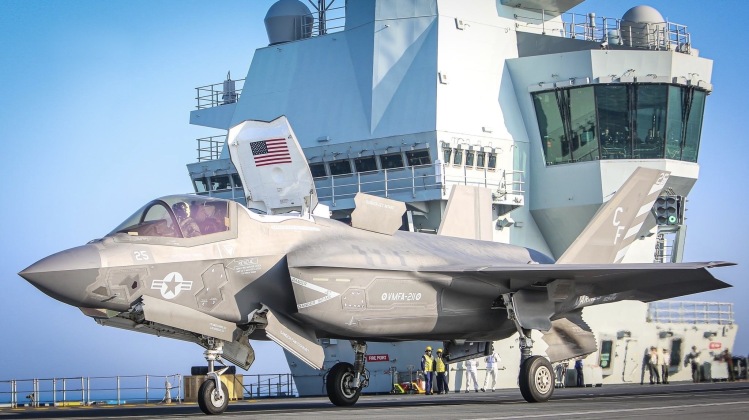News
Severe Personnel Shortage Forces British Navy to Scrap Newly Refurbished Frigates: Broader Fleet Decline Continues
The British Royal Navy is set to decommission two newly refurbished Type 23 Class frigates, HMS Argyll and HMS Westminster, due to severe personnel shortages, according to multiple reports from local media outlets. “We will have to take manpower from one area of the Navy in order to put into a new area of the force,” the Telegraph reported, citing and unnamed defence ministry official, with the manpower savings from the two warships set to facilitate the crewing of two new Type 26 Class frigates. It was initially expected that the Argyll and Westminster would continue to serve alongside the new vessels, and as such significant investments were made in recent years in modernising their capabilities. The contraction of the number of frigates in service is one of several affecting the British surface fleet in recent years, which has left it with a very significantly lower standing compared to rival navies. Previously, the Defence Ministry intended to build 13 Type 26 frigates, with this already having been cut by 38 percent to just eight ships. The number of Type 23 class ships has meanwhile been reduced from 16 to 11, and now to nine with the latest retirement. The Type 45 Class destroyer fleet was also cut from an initially planned 12 warships to just six, although serious issues with the design and resulting very poor availability rates have meant that the reduction to combat capabilities from adopting the class has been significantly greater.

With the Royal Navy’s surface fleet considered well outside the world’s top five in terms of capabilities, despite very high expenditures by international standards, the future of its standing will depend heavily on whether the Type 26 frigates prove similarly problematic to the Type 45 destroyers, or whether they can provide a more reliable and robust capability. The Defence Ministry has reportedly long been considering retiring the Type 45 without replacement due to the questionable affordability of developing a next generation successor. With half or less the firepower of rival destroyers fielded by the United States, China, Japan and South Korea, and with significantly lower versatility and greater reliability issues, the Type 45 is nevertheless significantly more costly than almost any other destroyer class reflecting serious efficiency issues in British industry. Highlihgting the seriousness of the issue, in 2021 83 percent of the destroyers were at times out of action – with only one of the six ships capable of contributing to operations.

The Royal Navy’s aircraft carriers, facing an increasing shortage of escort vessels, have themselves proven almost as problematic as the destroyers with flooding, fighter crashes and a range of other issues seriously hampering their operational readiness. Reflecting the general state of the carrier fleet, one of the two ships HMS Prince of Wales was in 2023 cannibalised for parts to keep the other, HMS Queen Elizabeth, sailing. Navy reports have frequently highlighted issues such as insufficient training for carrier operations placing personnel at risk. In parallel to equipment issues the Navy has also suffered from serious personnel shortages, in part due to budget cuts from the early 2010s, but also due to an ongoing recruitment crisis. A notable indicator of this was that intake for the Navy and the Royal Marines dropped 22.1 percent from March 2022 and March 2023 – an even sharper recruitment decline compared to the Air Force (16.6%) and the Army (14.6%). In the year from July 2022 the Royal Navy’s manpower contracted by 4.1 percent, leaving the combined strength of the Navy and Marines combined at just 37,960 personnel. This comes amid broader issues with recruitment crises across Western militaries, with the U.S. Army having in 2023 contracted to its smallest level since 1940 largely as a result.












